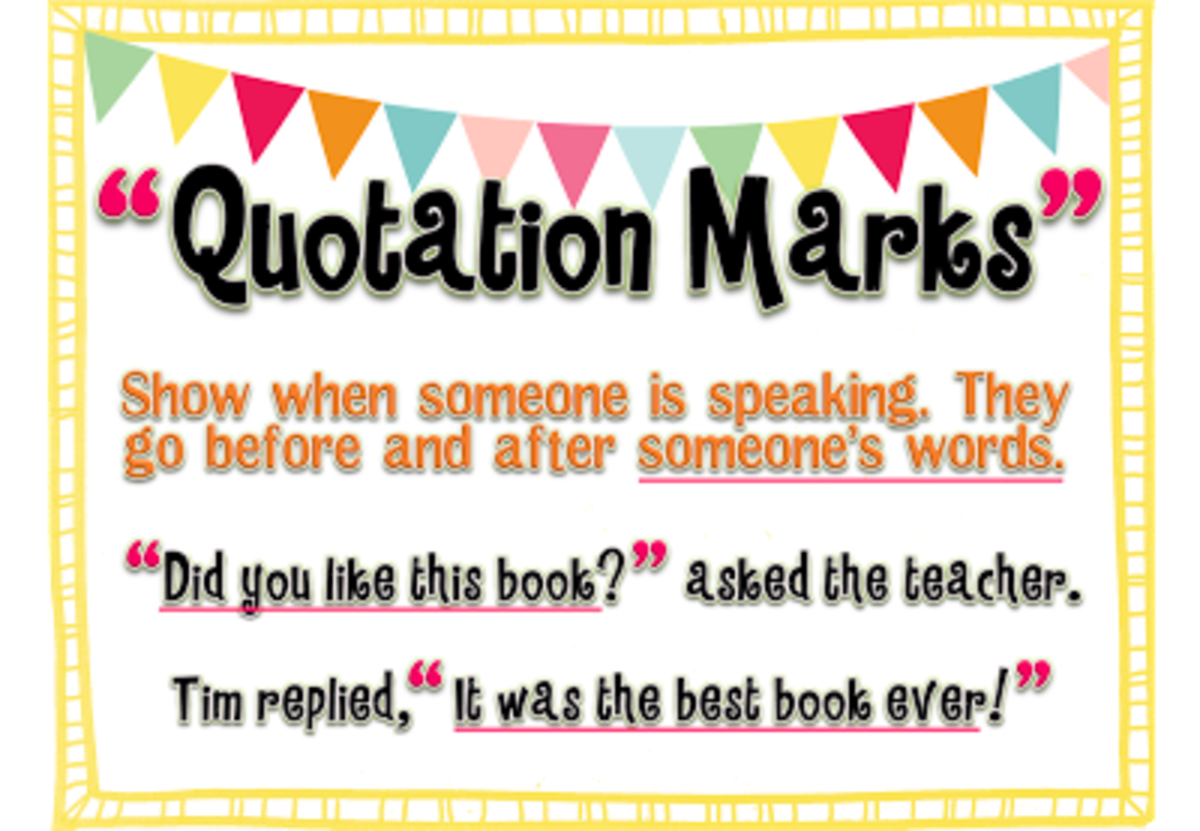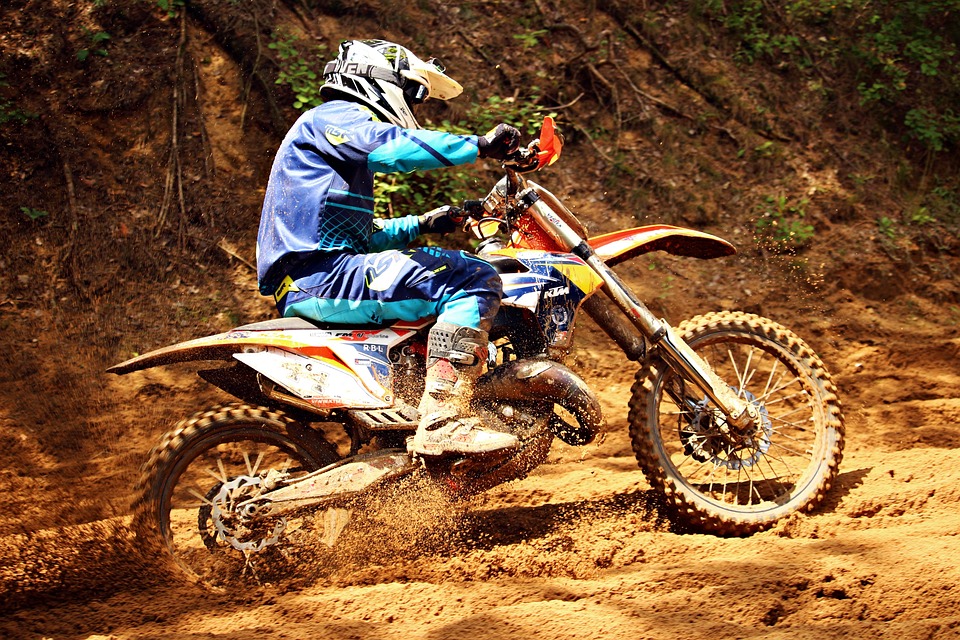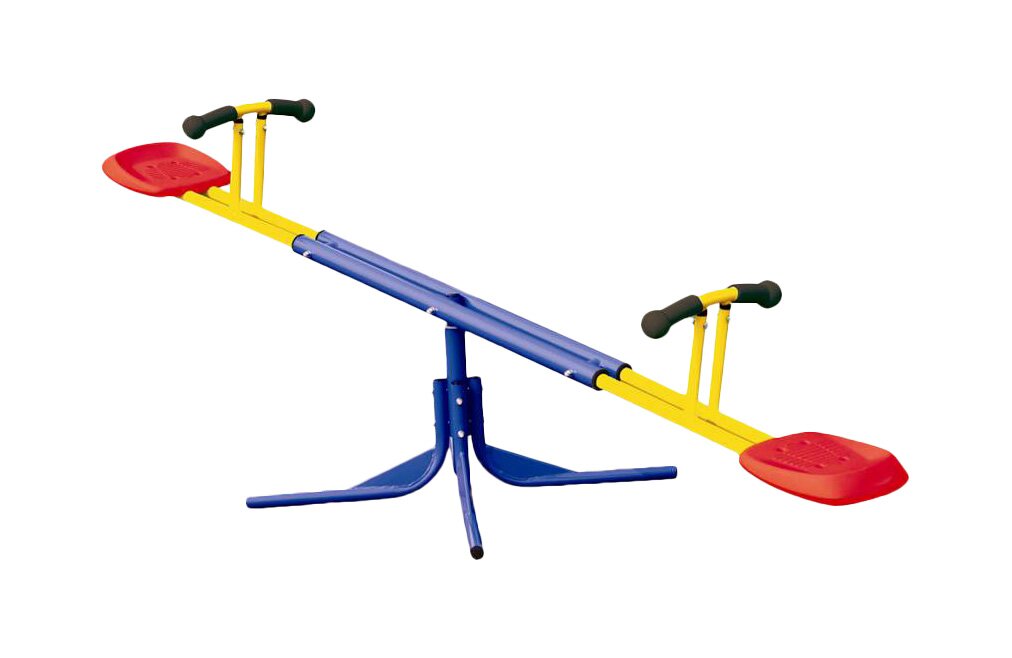Thank you to all the parents, students and volunteers that helped make our Cake Walk successful this year! It is one of the bigger fundraising events towards our Gr. 4 Year End Trip!
YOU ALL ROCK!
This week was JAM PACKED with lots of events, floor hockey, celebrations and learning!
Reading:
A fact is something that can be proven true or false; Cotton Candy is made with sugar and corn syrup.
An opinion is a personal belief about something; I think Cotton Candy is the BEST thing to eat at a fair.
There are some clue words we can look for to let us know if a statement may be fact or opinion.
 Introducing this strategy, I read aloud the book Duck! Rabbit! by Amy Krouse Rosenthal, which is fun, hilarious and based almost entirely on opinion! Drawing the Duck/Rabbit, students stated their opinion on which animal they thought the book was about, and then paired up with a like-minded peer! Together they wrote some opinions they have about their animal of choice.
Introducing this strategy, I read aloud the book Duck! Rabbit! by Amy Krouse Rosenthal, which is fun, hilarious and based almost entirely on opinion! Drawing the Duck/Rabbit, students stated their opinion on which animal they thought the book was about, and then paired up with a like-minded peer! Together they wrote some opinions they have about their animal of choice.
Next I asked them what type of books we often find facts in? Right away we all thought of Non-Fiction as a great source to find facts! In their pair groups, they read through non-fiction books on Epic! about their animals and wrote out some pretty interesting facts!
Author Study
Students spend some time this week connecting to various texts by Jon Scieszka.
As we continue to read a moral a day from Squids Will Be Squids, we spend time discussing what we think the wayward lesson might be from each one page story.
Reading aloud two different morals to the students, they chose which they could personally connect to best thinking back on previous personal experiences.
We experimented with some fun lettering and word art while we wrote out morals! I personally love doing this when taking notes, or writing a quote out. I think they really liked it!
Next they had to explain what the moral meant to them in their own words. This can sometimes be tough for some kiddos, but they worked their best at it!
Digging into their personal experiences they thought of times where they might have learned a lesson similar, or thought of this moral before making a decision.
 For some fun and creative writing, students did a writign activity to go alone with Jon Scieszka's Cowboy & Octopus. This book, much like others by Jon, is a collection of short stories between two new friends and is HILARIOUS. The main thing I wanted students to take note of in this story was how the dialogue was written, especially how we use quotation marks.
For some fun and creative writing, students did a writign activity to go alone with Jon Scieszka's Cowboy & Octopus. This book, much like others by Jon, is a collection of short stories between two new friends and is HILARIOUS. The main thing I wanted students to take note of in this story was how the dialogue was written, especially how we use quotation marks.
We did a little mini lesson on how to write with dialogue, how our quotation marks close in the words that character has said, and brainstormed alternative ways people talk besides "said".
One short story is a failed Knock Knock joke told by Octopus to Cowboy. In pairs, students wrote their own knock knock joke, put it into a google drawings with correct use of quotation marks and then uploaded to Seesaw with a recording of them reading it! This was an awesome way again to see how their fluency of reading was, gauge their ability to read with expression, and hear their funny voices for each character! I absolutely love how these turned out, and have to thank BM for persuading them to work in partners instead of individually.
Students were encouraged to use different fonts and colours to similate the way the Jon Scieszka's books are written and illustrated.
Math
We continued to practice our rounding and estimating skills this week, with a small introduction to estimating and measurement.
I found students will still struggle to round to the nearest place value in number that had more than that specific digit.
i.e:
In our hallway we created a walking number line and discussed which digits tell us to round down or up. We created numbers and practiced walking where to on the number line they would be, what their multiple of 10, 100 or even 1000 would be on either end, and which we would round up to. For the most part, they are starting to get the hang of it! They need some reinforcement when it comes to using these rounded numbers to add and subtract.
Science 3
Students finished up their hearing and sound unit this week! We did a Kahoot! to check in on key understandings from the unit.
Science 4
Inclined planes & Wedges! These simple machines have a lot to do with each other and help us get work done! Students learned the features of each and some real life examples (Did you know our teeth are wedges?!). Then we took to the halls to test out some theories!
The more inclined a plane, the shorter the distance - BUT the greater the effort! I had a weighted box and students worked to push the box up a set of stairs.
How can we make our effort less?
If we create a longer distance, with a lesser incline, our effort is less!
World Down Syndrome Day!
As a class we did some learning on what Down Syndrome is and how children are born with it. I shared a video with students that gives perspective.
ROCK YOUR SOCKS is a way that we can raise awareness for those with Down Sydrome, spread knowledge and understanding and embrace that we're all different and alike!
Students decorated their own mismatched socks and named some likes to show this!
HAVE A GREAT SPRING BREAK EVERYONE!
















